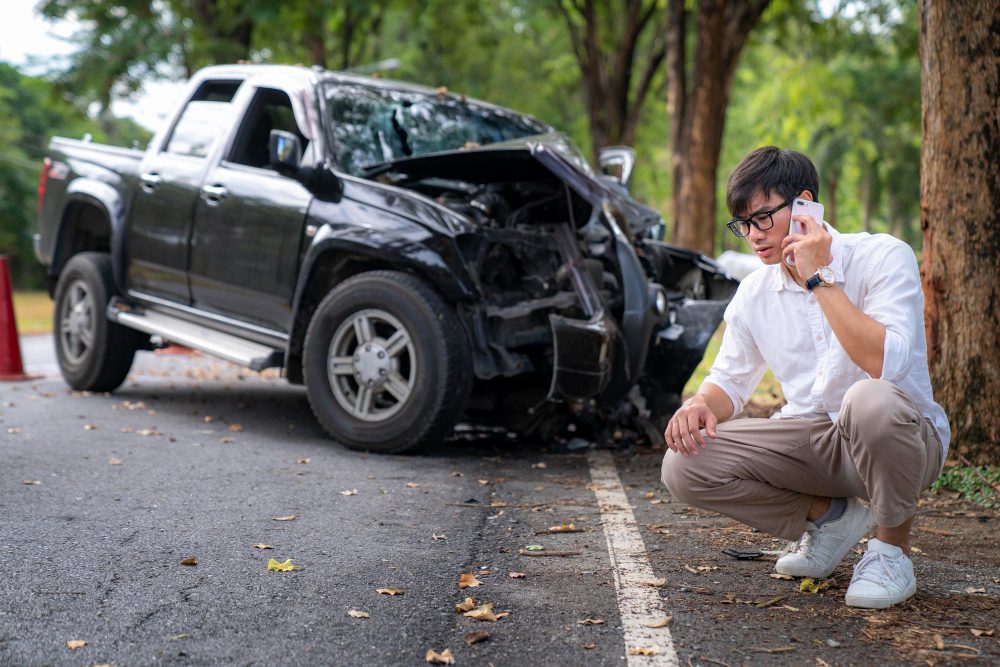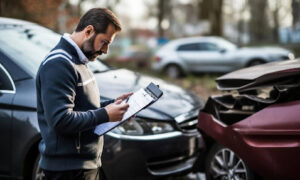Determining fault after a car accident can often become a contentious issue, leading to lengthy legal battles and hefty financial implications for all parties involved. However, with the advent of advanced technology, particularly telematics systems and dashcams, the landscape of liability assessment is undergoing a profound transformation.
Real-time data captured by these systems, combined with video evidence, is revolutionizing how insurance companies and legal professionals evaluate fault, leading to more accurate and efficient dispute resolution.
The Emergence of Telematics Systems
Telematics systems, once primarily associated with fleet management and vehicle tracking, have now been widely adopted in consumer vehicles. These systems utilize GPS technology, onboard sensors, and cellular communication to collect and transmit real-time data about vehicle operation and driver behaviour.
Telematics systems gather key data points, including speed, acceleration, braking patterns, location, and even vehicle diagnostics, such as engine performance and maintenance alerts. This wealth of information provides a comprehensive overview of a vehicle’s driving and offers valuable insights into the circumstances leading up to an accident.
The Role of Telematics in Liability Assessment
Telematics data can be a game-changer regarding liability disputes in car accidents. Insurance companies and legal professionals can use this data to accurately reconstruct the events leading up to the accident. For example, information about the vehicle’s speed and braking behaviour can help determine whether the driver was following too closely or driving recklessly.
Moreover, telematics data can provide crucial context that may not be immediately apparent from the accident scene. By analyzing factors such as road conditions, weather, and traffic patterns, insurers and legal experts can better understand the circumstances surrounding the collision and make more informed judgments about fault and liability.
The Rise of Dashcams
Parallel with the adoption of telematics systems, dashcams have become increasingly prevalent among drivers seeking to protect themselves in the event of an accident. Dashcams are compact cameras mounted on a vehicle’s dashboard or windshield. They continuously record video footage of the road ahead and, in some cases, the vehicle’s interior.
Dashcam footage can provide invaluable evidence in liability disputes by offering a firsthand account of the events leading up to and following an accident. From capturing reckless driving behaviours to documenting road hazards and unexpected manoeuvres by other drivers, dashcam footage can offer a clear and unbiased perspective on what transpired on the road.
The Synergy of Telematics and Dashcams
While telematics systems provide objective data about the vehicle’s operation, dashcams visually represent the events as they unfold. Combined, these two sources of information create a powerful tool for assessing liability in car accidents.
For instance, telematics data indicating sudden deceleration and swerving combined with dashcam footage showing a vehicle running a red light can provide compelling evidence of the other driver’s negligence. Similarly, if a driver disputes their speed during the accident, telematics data can corroborate or refute their claims, ensuring a fair and accurate assessment of fault.
Challenges and Considerations
Despite their numerous benefits, telematics systems and dashcams in liability assessment are not without their challenges. Privacy concerns, data security, and the potential for tampering or manipulating evidence are all valid considerations that must be addressed.
Additionally, interpreting telematics data and dashcam footage requires specialized expertise to ensure its effective use in legal proceedings. Insurers and legal professionals may need to invest in training and resources to analyze and interpret this wealth of information correctly.
In conclusion, the emergence of telematics systems and dashcams reshapes how liability is assessed in car accidents. By providing real-time data and video evidence, these technologies offer a more comprehensive and objective understanding of the events leading up to a collision, leading to fairer and more efficient dispute resolutions. As these technologies continue to evolve and become more accessible, they will likely play an increasingly prominent role in the legal and insurance industries, benefiting drivers and society.



































